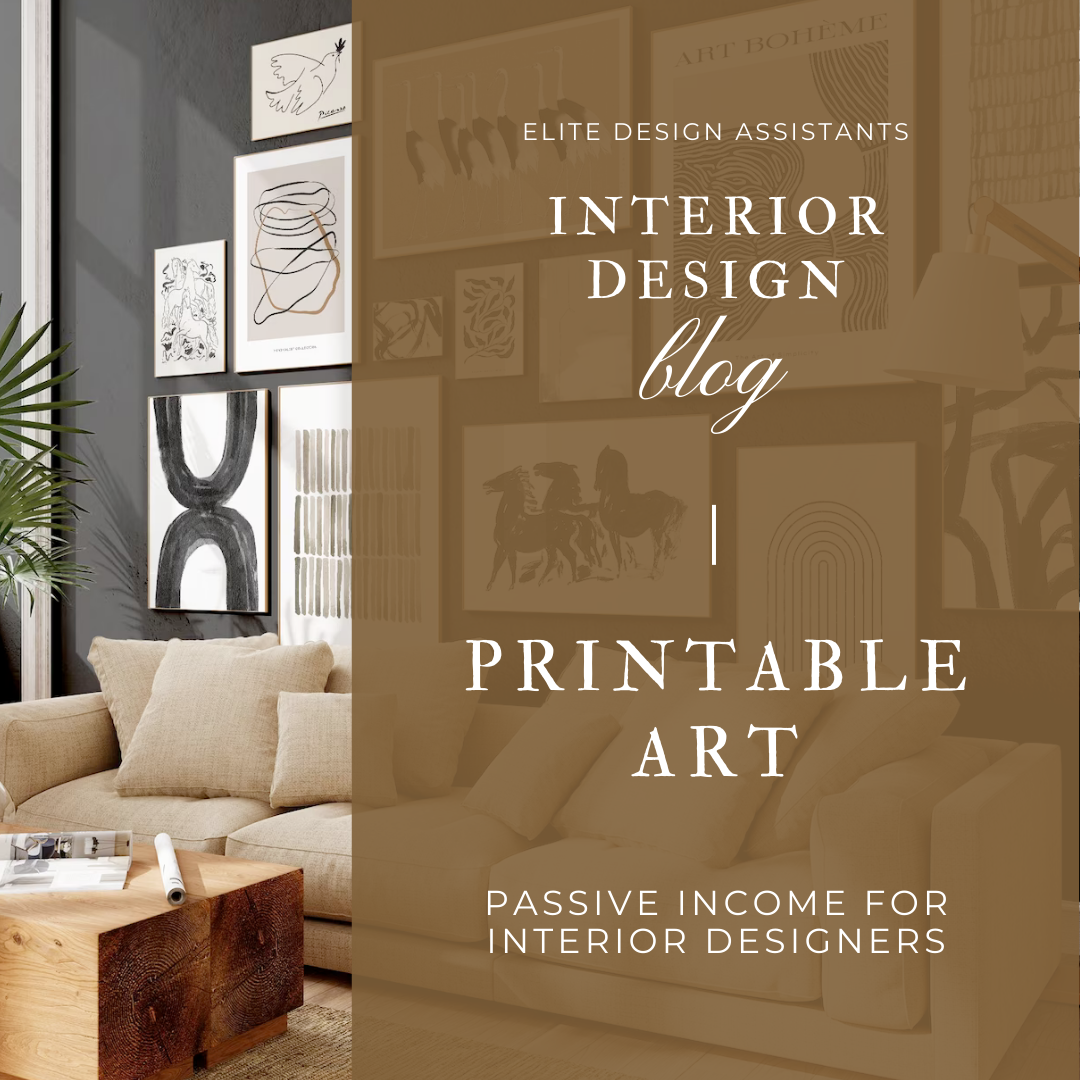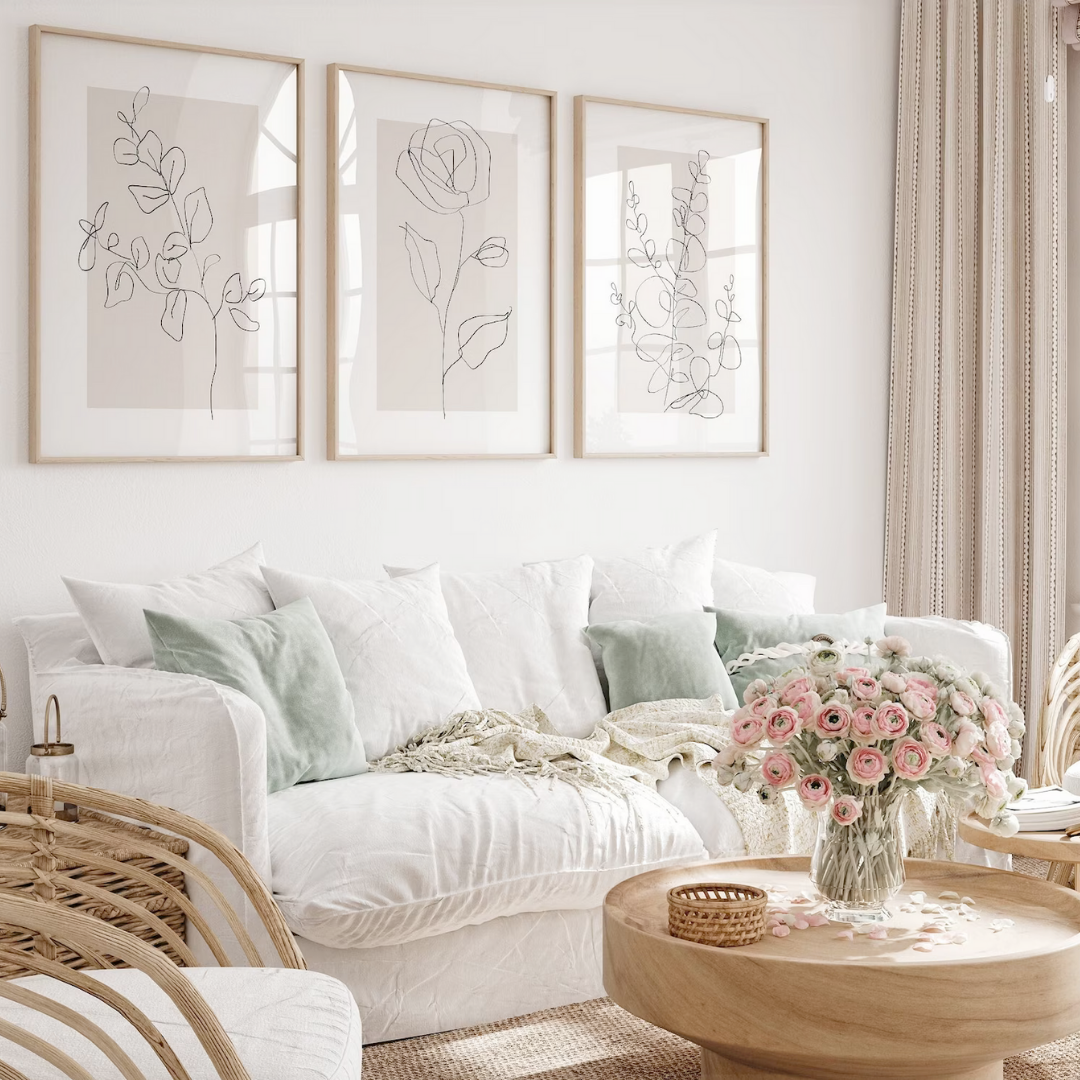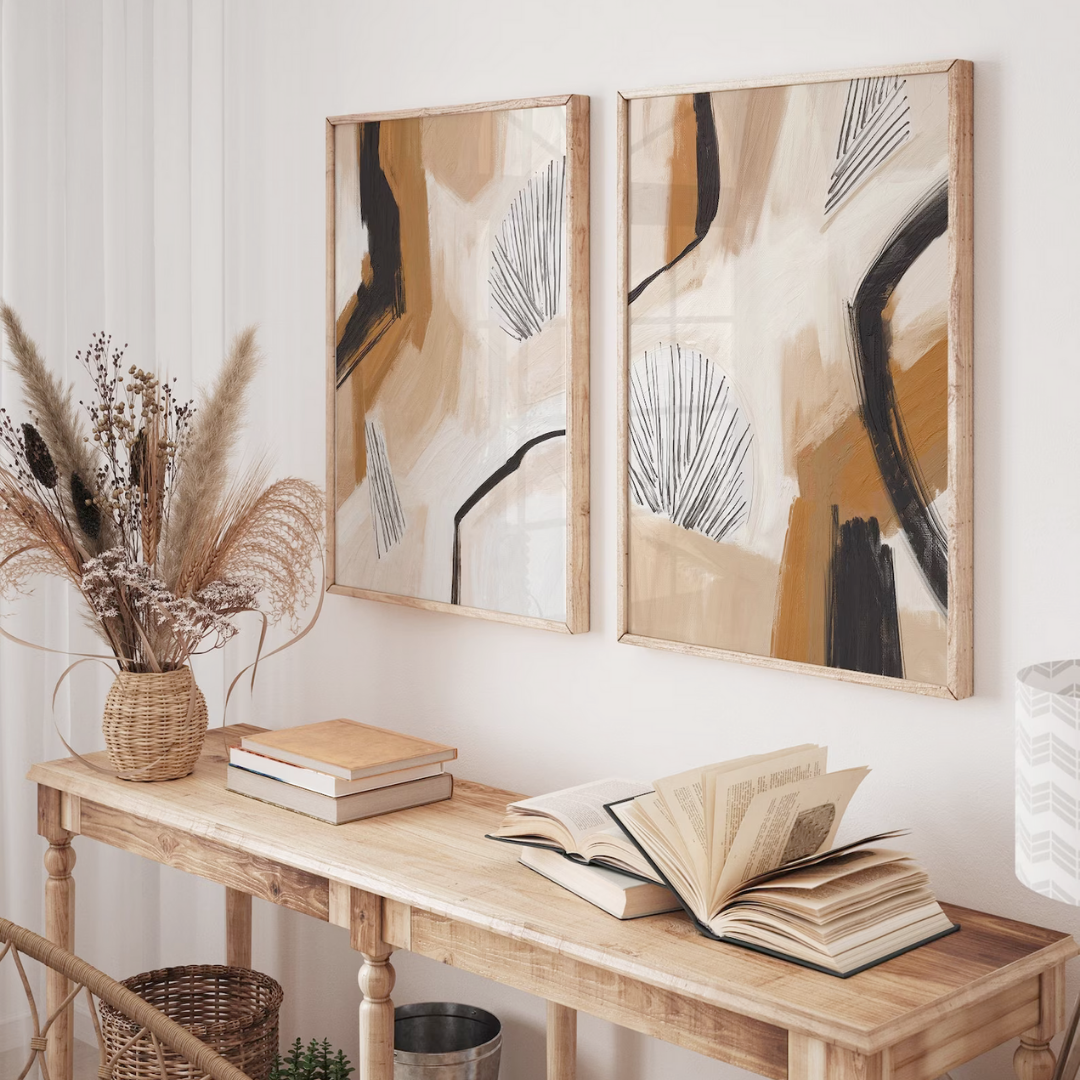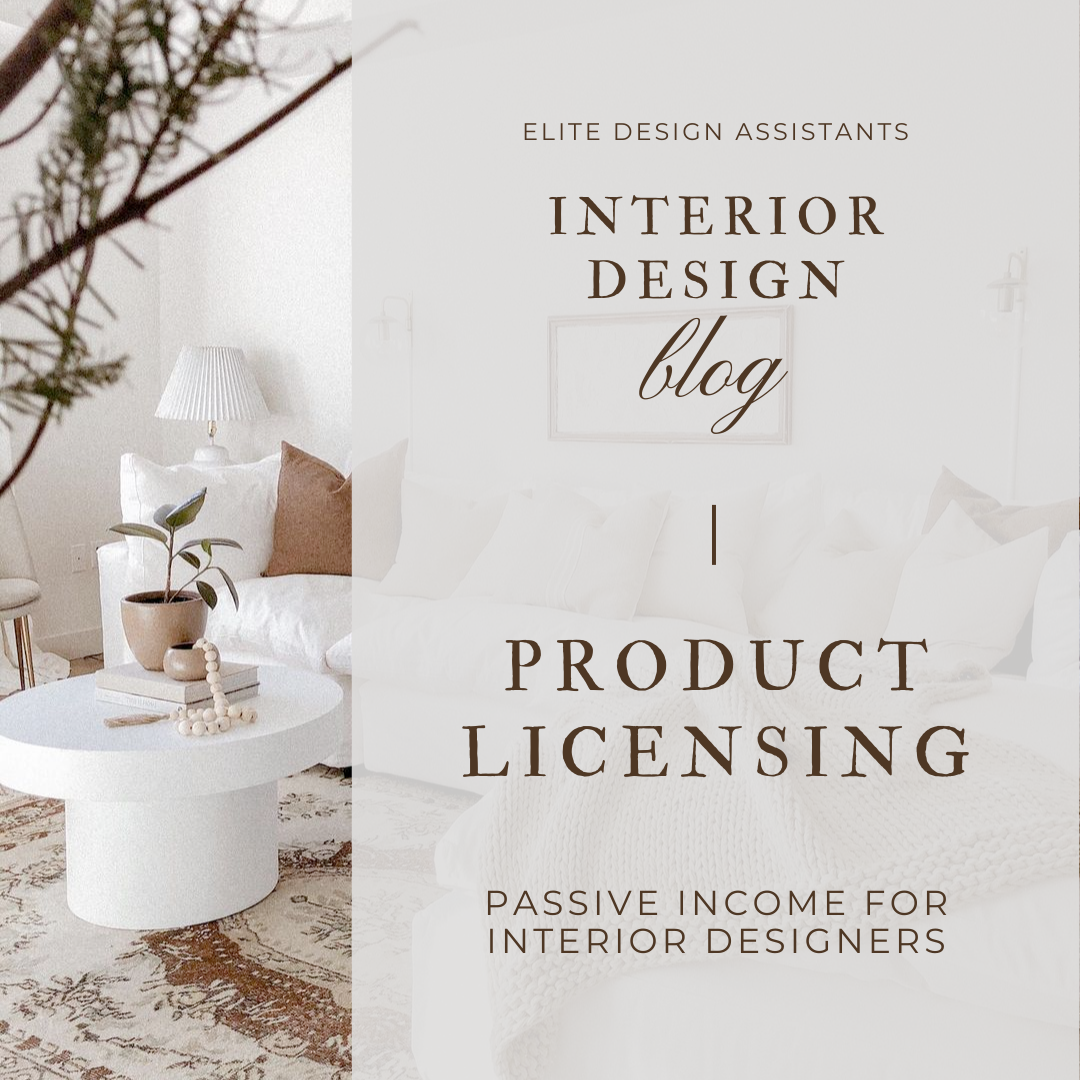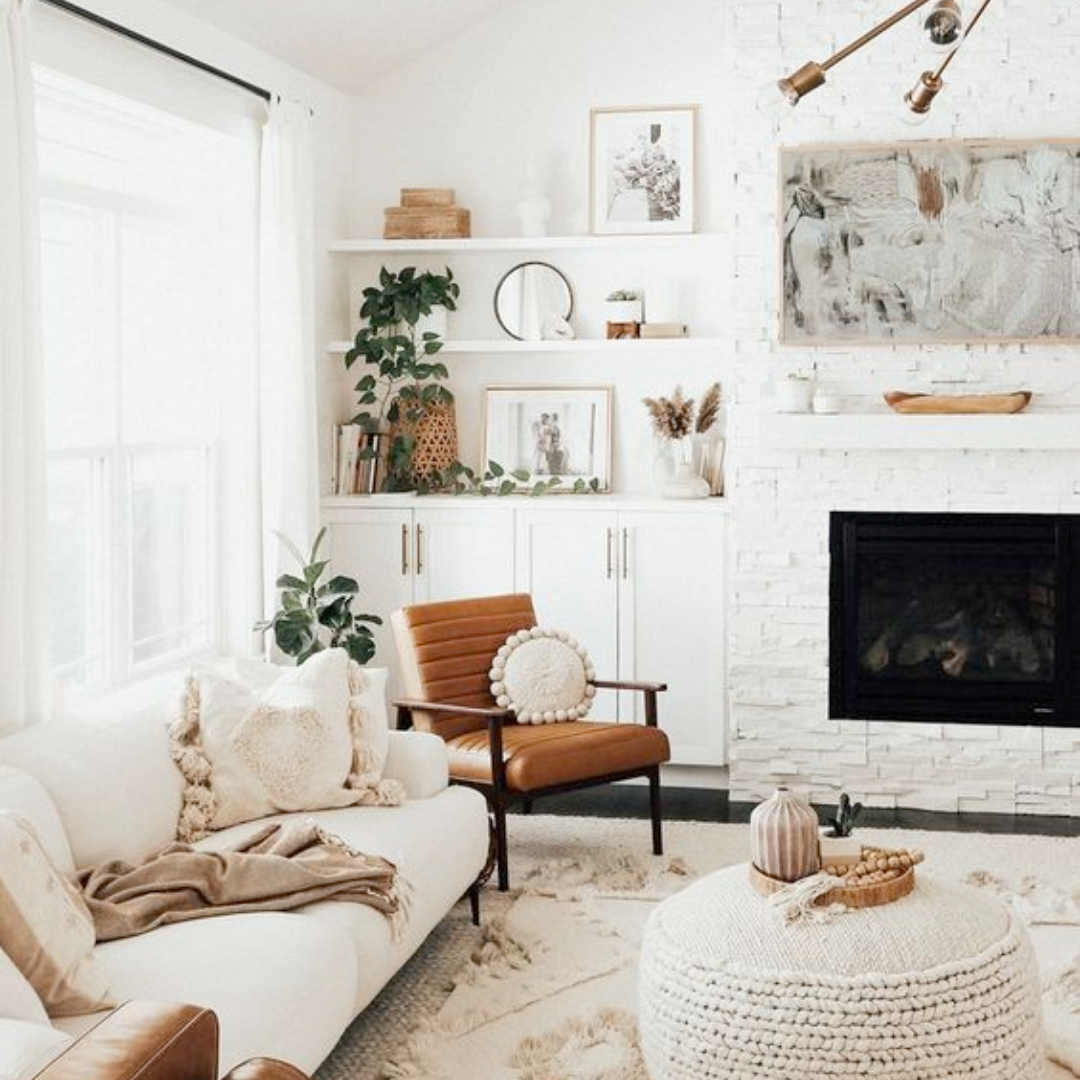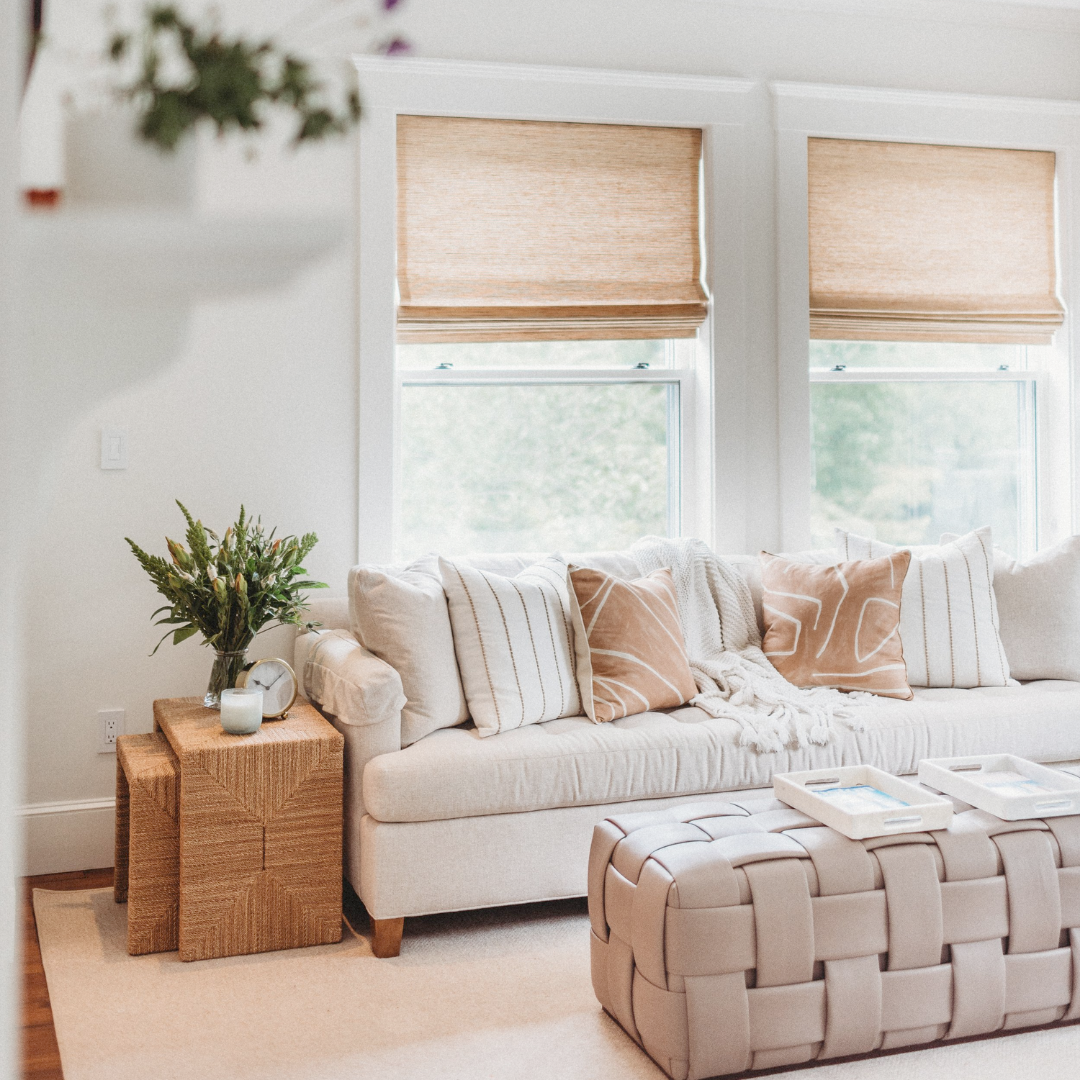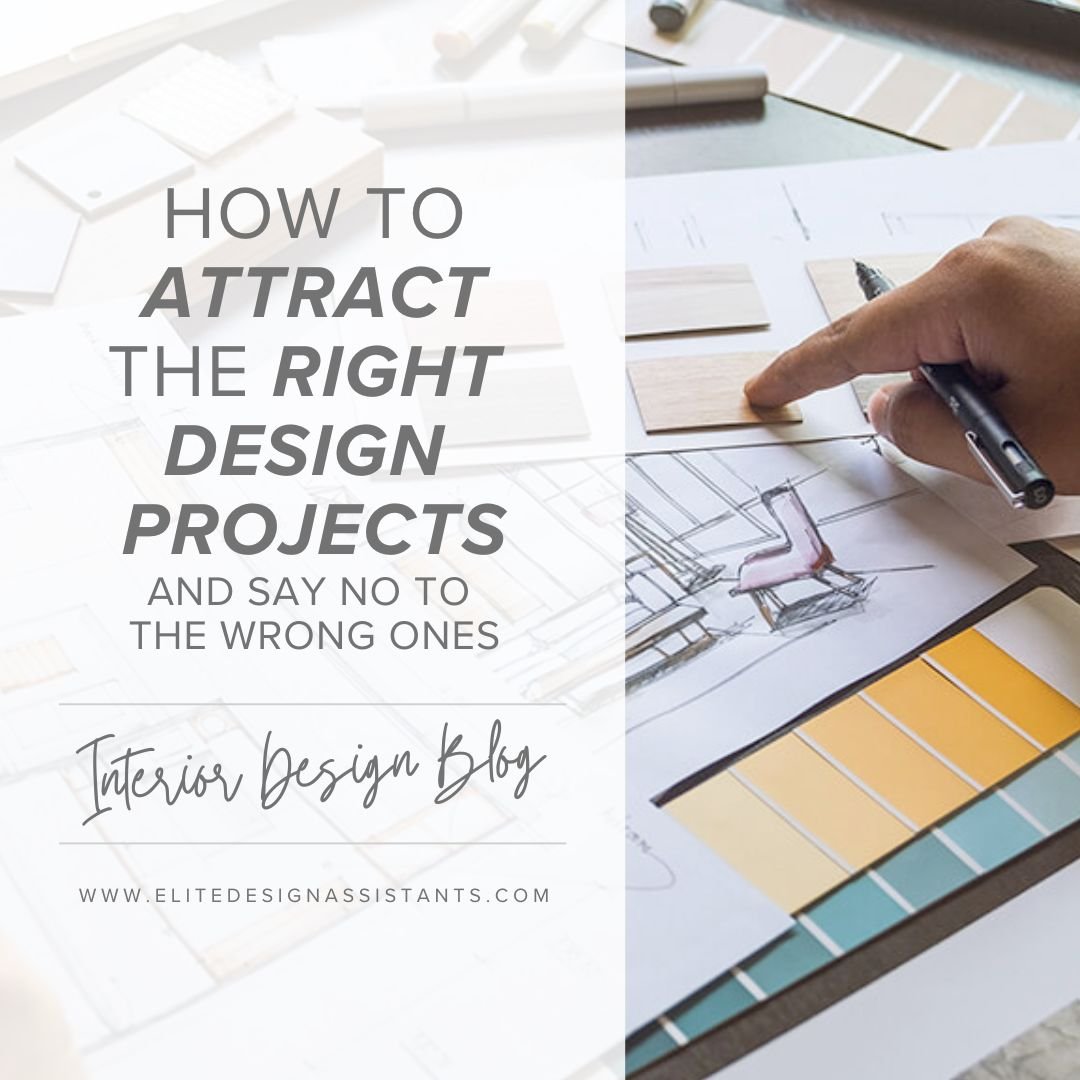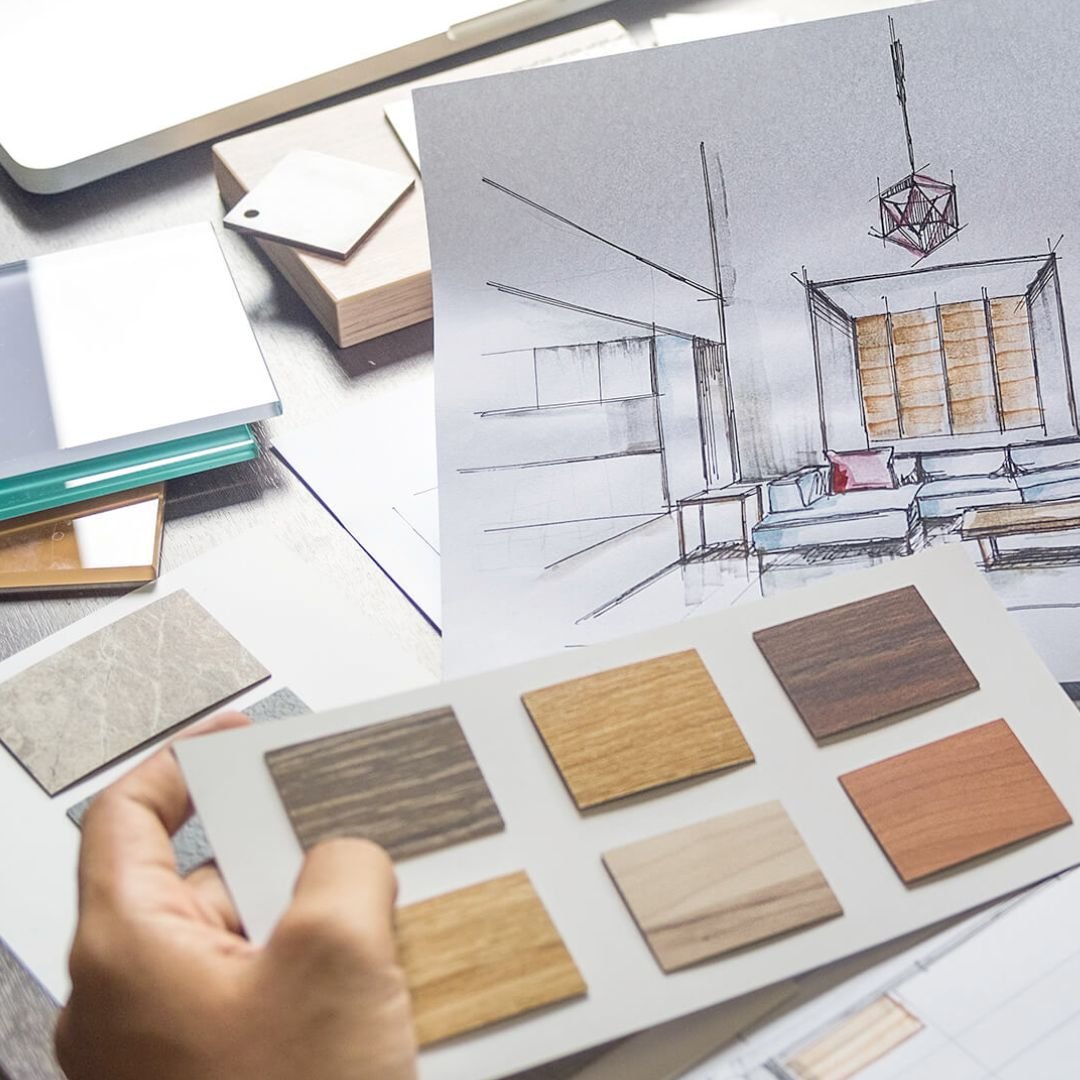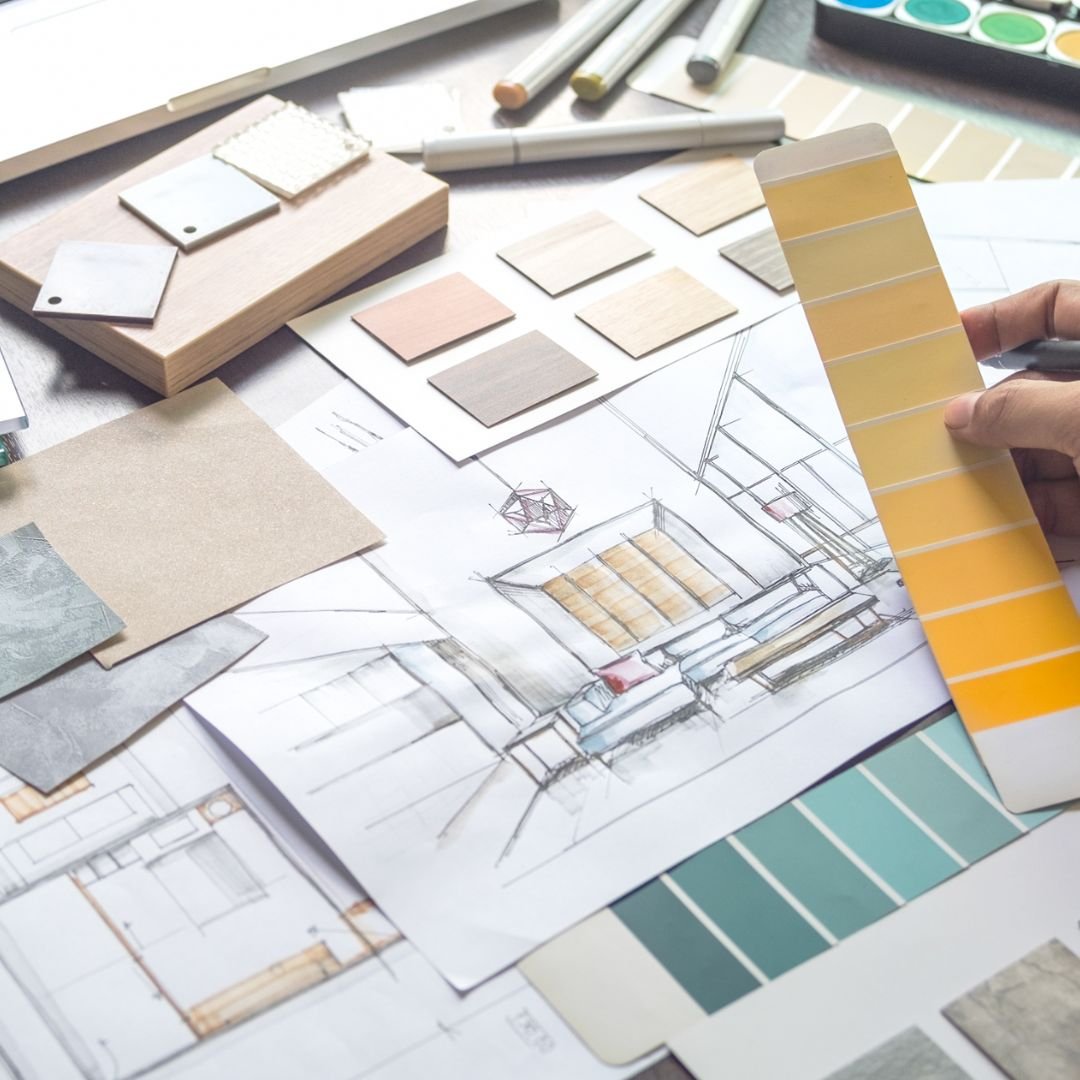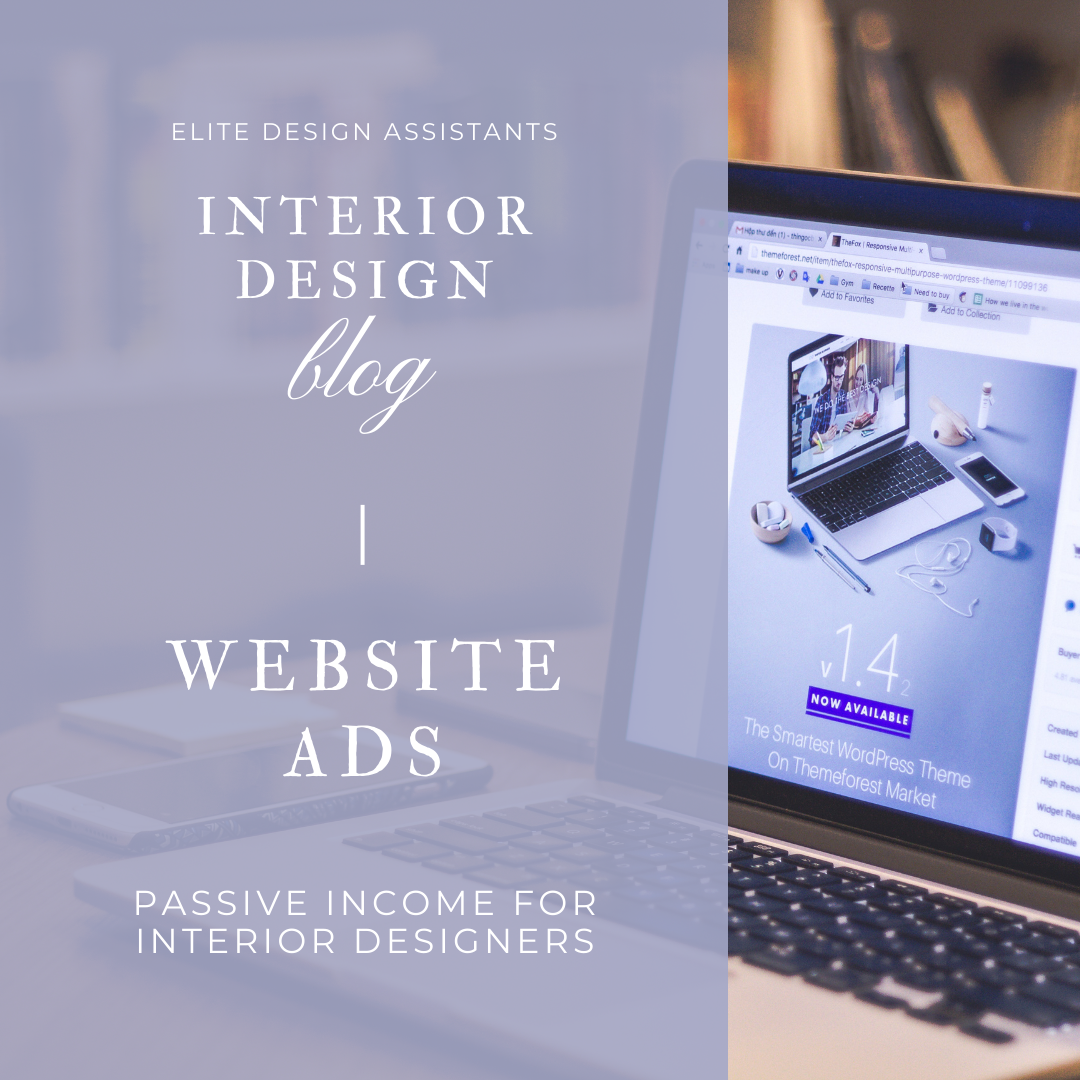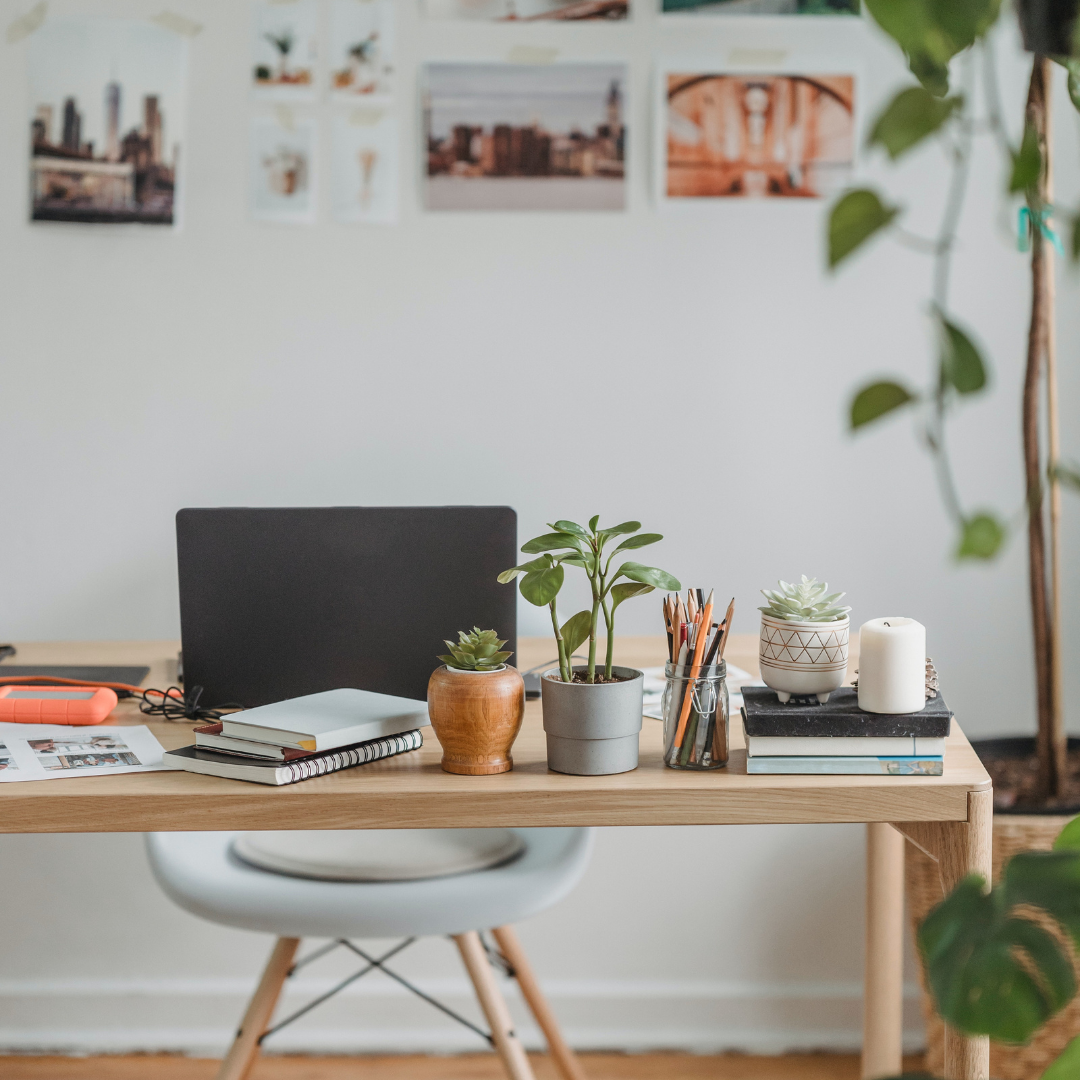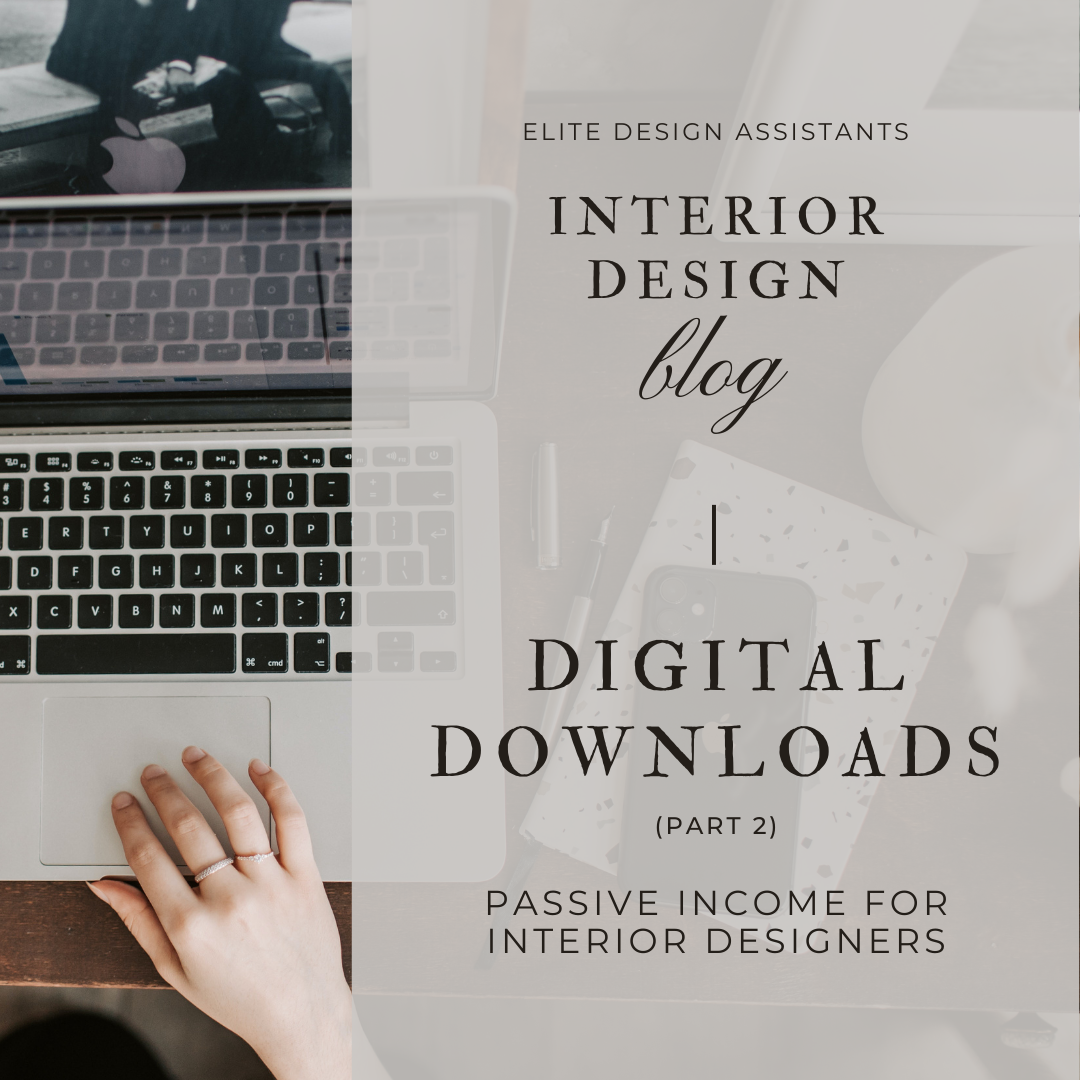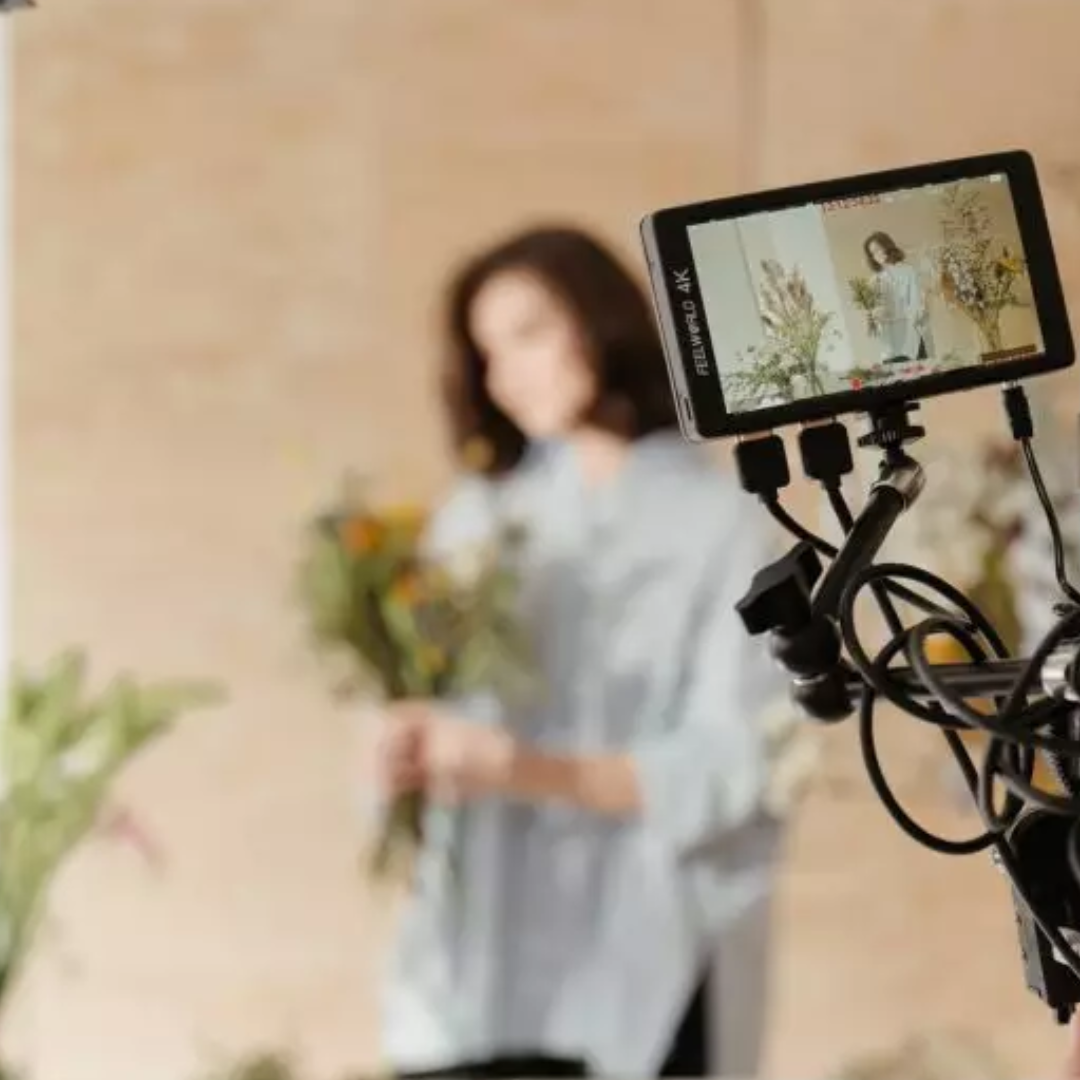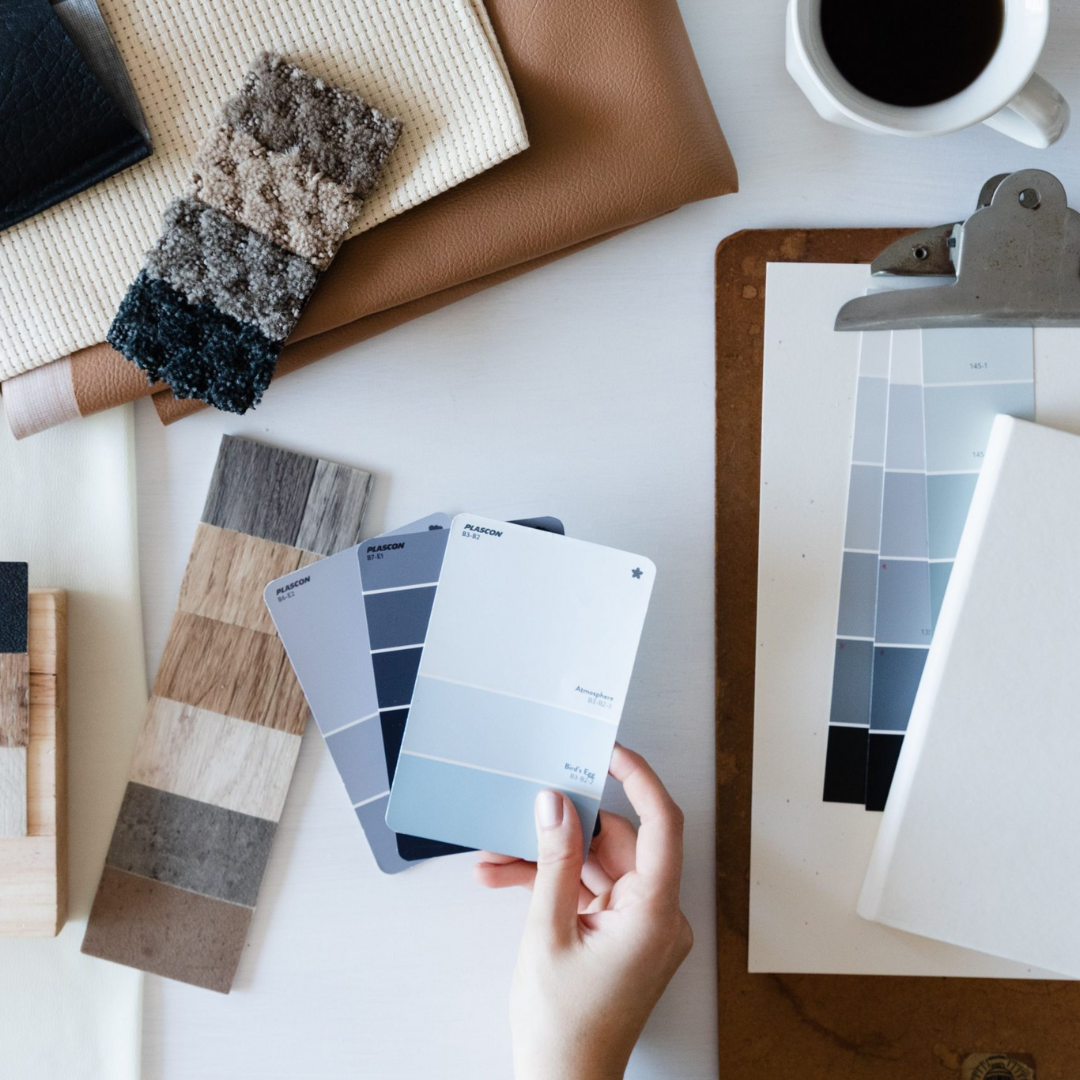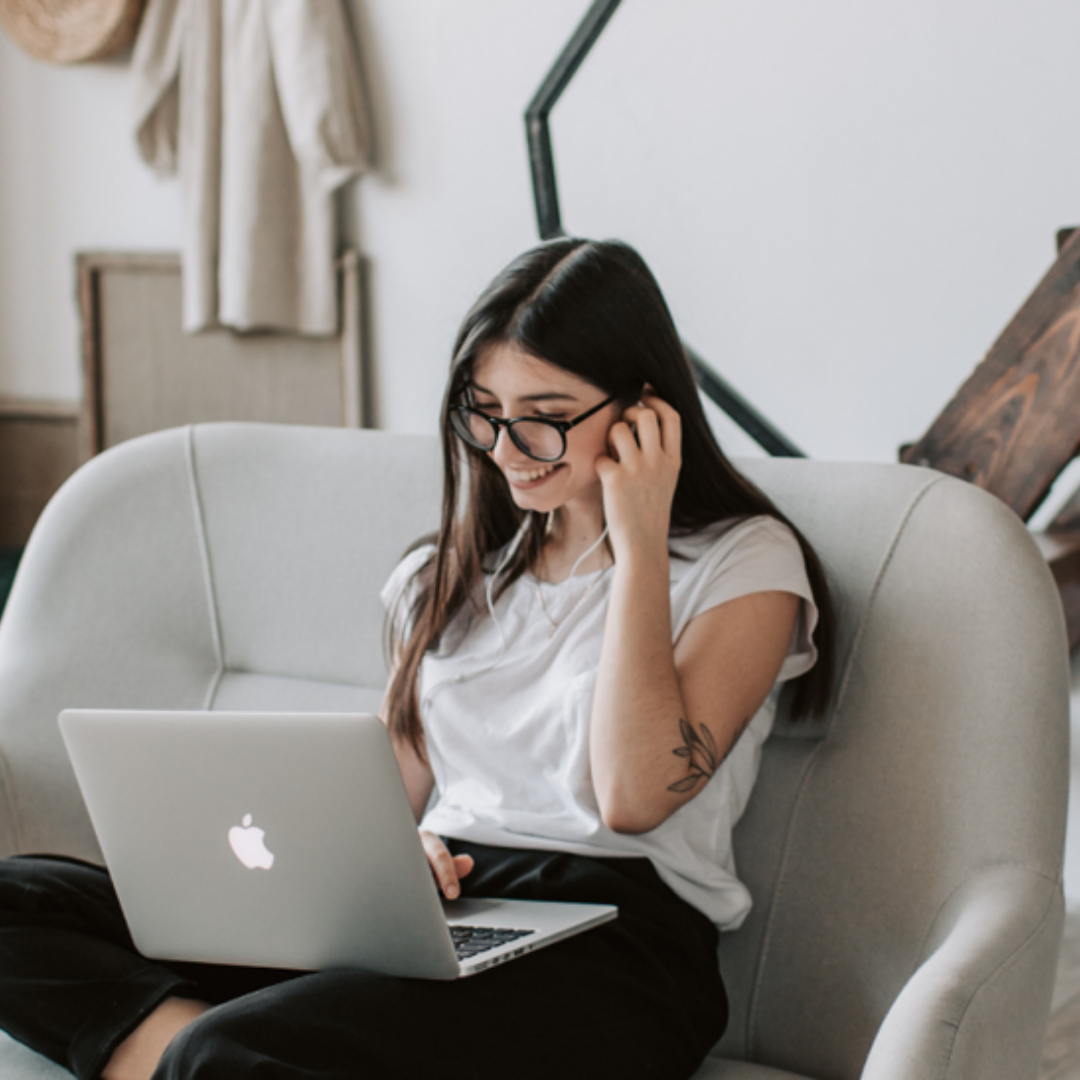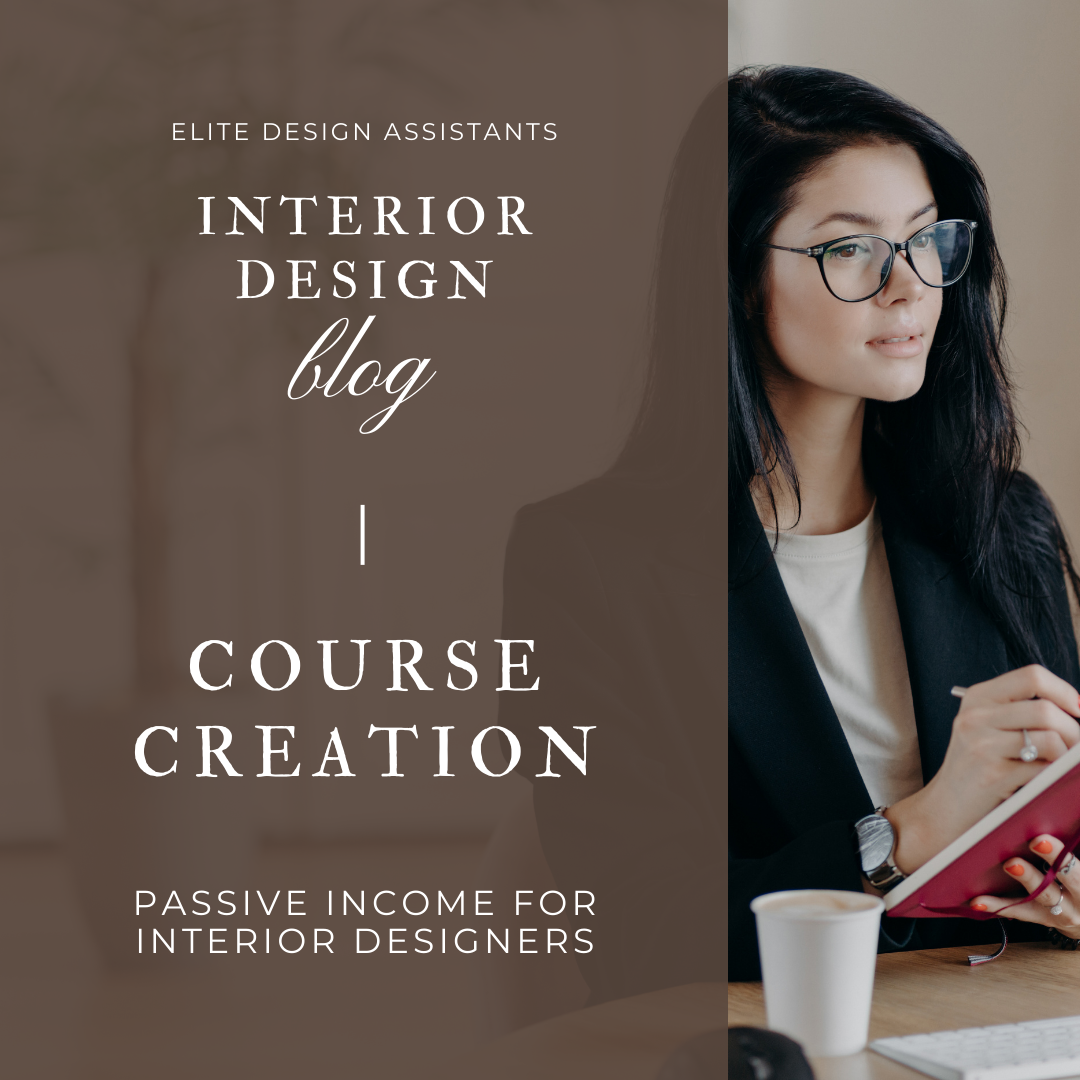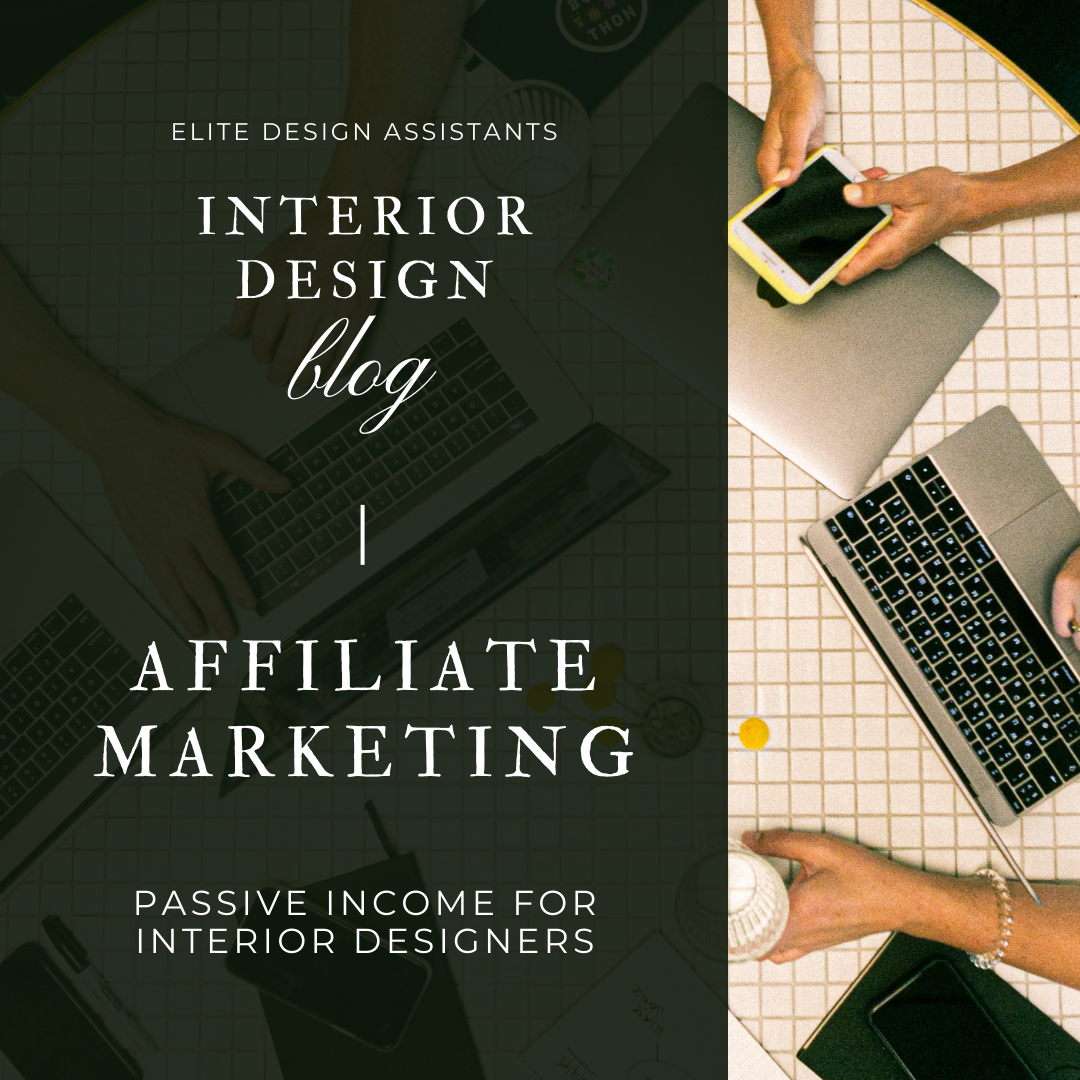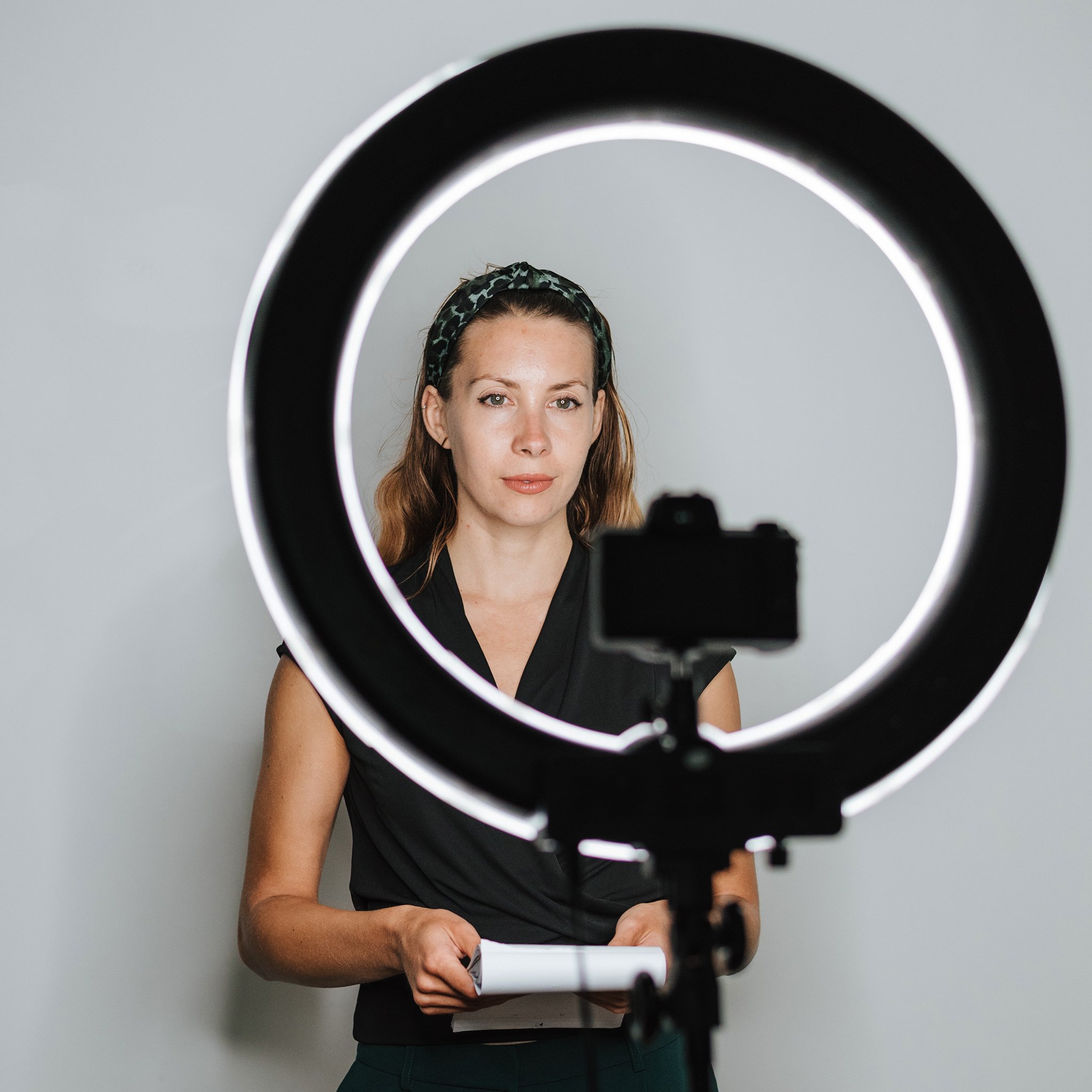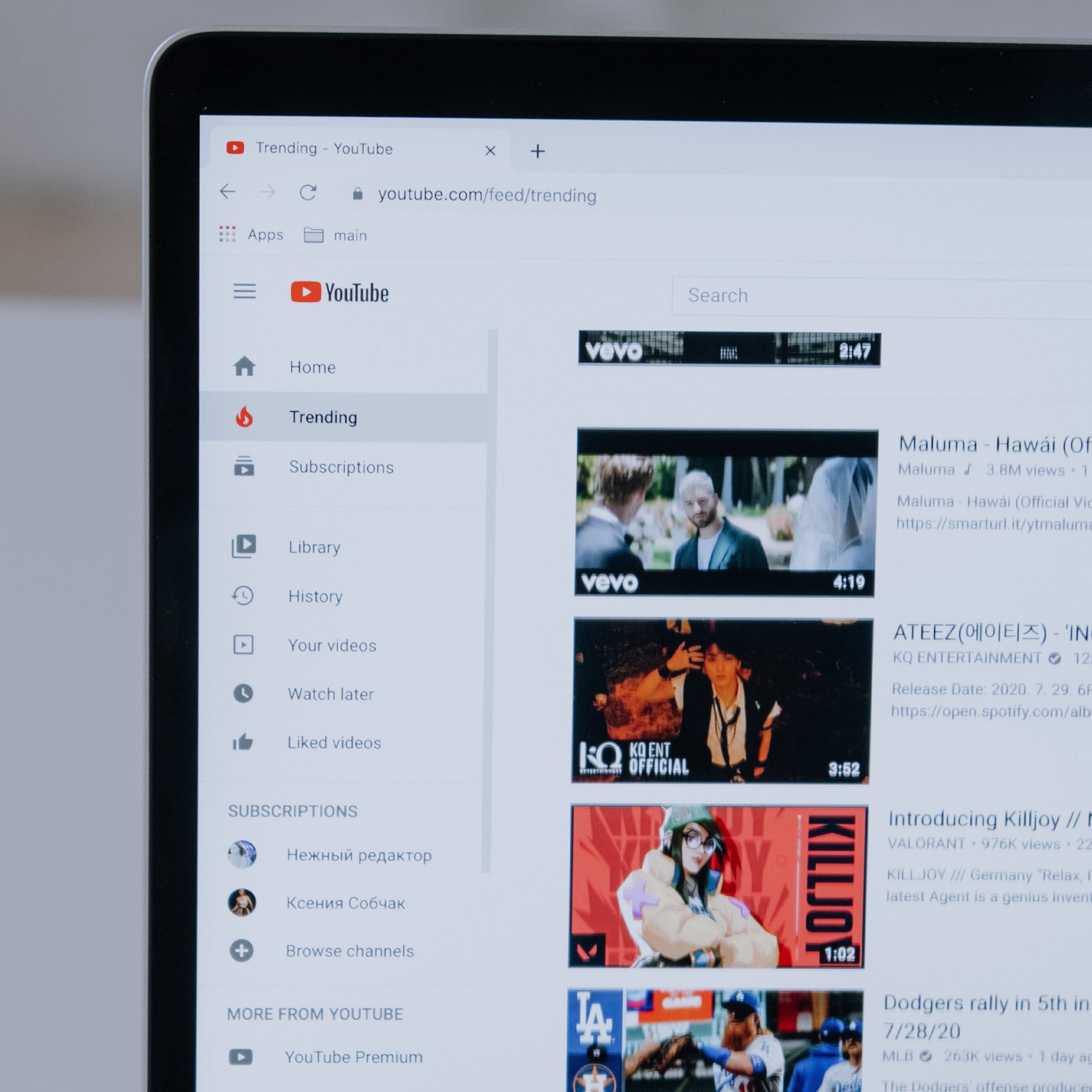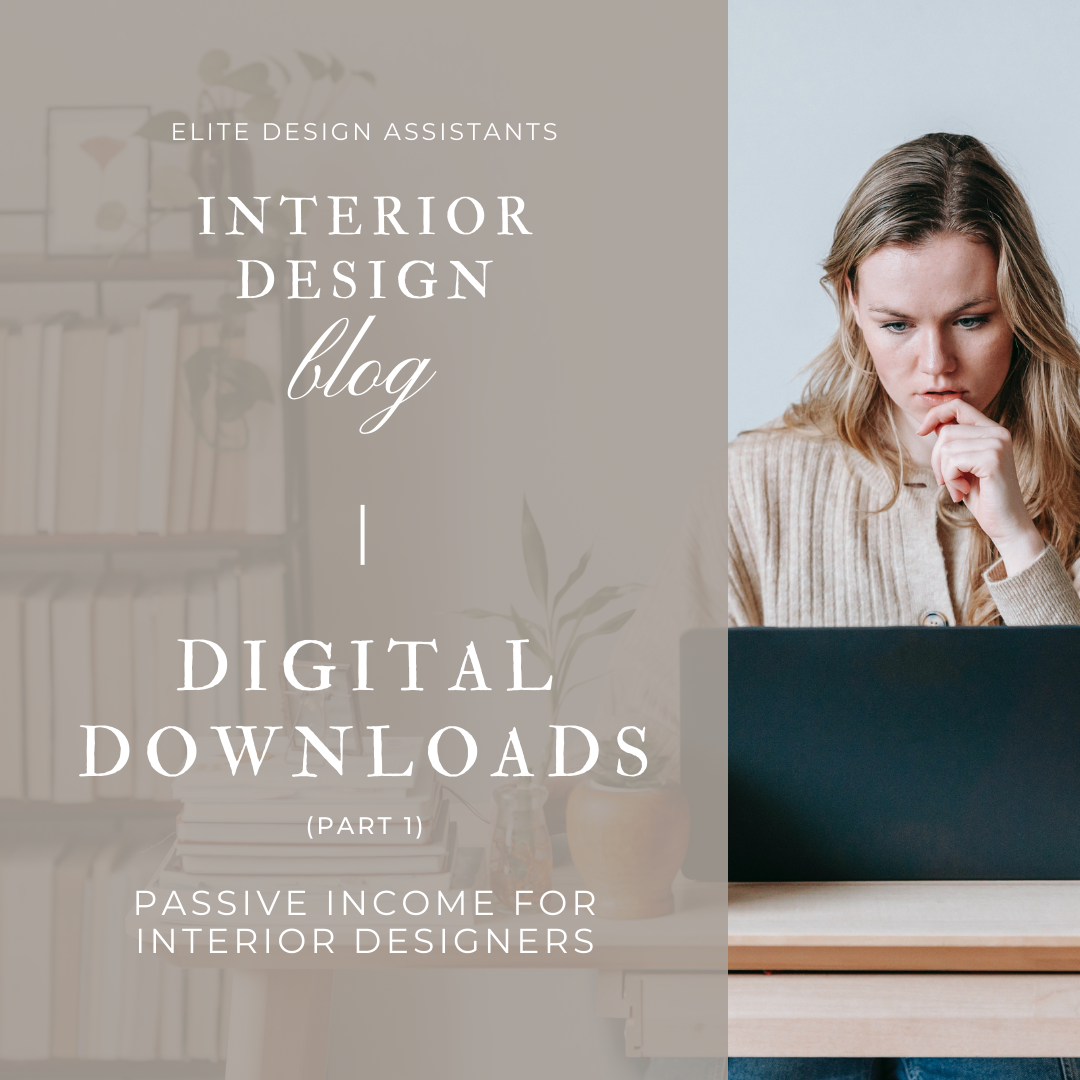6 Tips for Designing Healthy and Happy Workspaces
/Did you know that the average office worker spends 90,000 hours at work over a lifetime? As an interior designer, you have the power to create workspaces that not only look amazing but also promote the health and comfort of those who use them. A good work environment is not just a nice-to-have, but a critical element in improving employee productivity, job satisfaction, and overall well-being. While ergonomic furniture and natural lighting are great starting points, there are several often overlooked design tips that can make all the difference. Let's explore some modern, creative, and realistic tips for designing healthy and happy workspaces.
1. Set up varied spaces.
To create a more functional and productive workspace, it's important to consider the different needs of employees throughout the day. Sitting at the same desk all day can hinder creativity and focus, so it's a good idea to offer a variety of workspace options and rest areas, including personal and hot desks, meeting rooms, quiet pods, lounges, and social areas. To make the most of limited space, modular furniture can be a wonderful solution. This way, employees can have the freedom to move around and choose the best environment for their current task.
2. Mix and match.
A workspace doesn't have to be sterile or boring. A good way to break up the monotony is by mixing and matching textures and fabrics to create a more inviting atmosphere. Consider adding soft furnishings like cushions or rugs to counterbalance the harshness of hard surfaces commonly found in office spaces. In addition to adding texture, incorporating a range of finishes and colors throughout the space can also breathe new life into an office. You can use different colors and finishes to create distinct zones. By adding variation and depth to the design, you can create a more dynamic and inspiring environment.
3. Bring in the greenery.
Adding plants to an office space is a trend that's here to stay. Not only does it enhance the aesthetic appeal of the space, but it also aligns with the biophilic design trend that mimics nature, boosting employees' mood and providing a refreshing burst of oxygen. A green wall or a few potted plants can make a world of difference. Just make sure to opt for real or high-quality faux plants, as cheap plastic ones may backfire on morale.
4. Make a splash.
Adding a water feature to an office space can do wonders for everyone's well-being. Not only does it connect us with nature and promote healthy hydration habits, but it can also bring back that good old water cooler culture. So, why not consider incorporating a stylish water fountain that not only serves as a drinking fountain but also adds a touch of decor to your office?
5. Promote movement.
Sitting for extended periods can take a toll on employee health. Standing desks or adjustable workstations are a solid start, but there are also many other creative ways to encourage movement. You could provide access to simple fitness equipment or yoga mats, which can benefit both physical and mental well-being. Additionally, incorporating fun elements like pull-up bars or even a ping pong table in the common areas can provide opportunities for employees to get their blood pumping and bond with coworkers, which boosts productivity and overall job satisfaction.
6. Integrate Interactive Elements.
A workplace design that caters to the organization's values and culture enhances a sense of community and belonging among the employees. Consider incorporating interactive elements that reflect the company culture, such as a designated wall for employee photos or a cork or marker board for sharing achievements, classifieds, or positive feedback. This encourages personal connections and adds to the overall atmosphere.
As experts in creating beautiful spaces that offer uplifting experiences, you can thrill your clients and their staff by crafting an office space that prioritizes the health and happiness of its inhabitants, ultimately contributing to their success–and yours!
xx, Danae



































